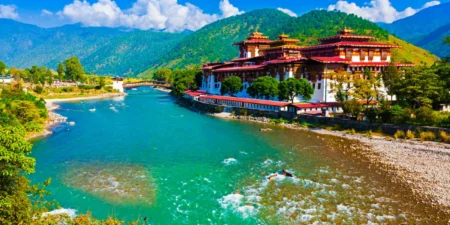The Great Pyramid of Cholula, also known as Tlachihualtepetl, is a massive ancient structure located in Cholula, Mexico. It is considered to be the largest pyramid in the world, covering an area of over 4 acres and reaching a height of over 150 feet. Despite its size, the pyramid is not as well-known as the pyramids of Egypt, but it is a fascinating and important structure that provides insights into the ancient culture and civilization of Mexico.
The pyramid was built by the ancient Maya civilization, which flourished in Mexico and Central America from around 2000 BCE to 900 CE. The pyramid was constructed in several phases, with the earliest parts of the structure dating back to around the 3rd century BCE. The pyramid was built as a religious and ceremonial center, and was dedicated to the God Quetzalcoatl.
The pyramid was constructed using a combination of mud bricks and stone, and was covered in a layer of stucco and painted with bright colors. The pyramid has four stairways, each leading to a temple at the top. The pyramid was also surrounded by a complex of buildings, including an observatory, a ball court, and several residential structures.

The pyramid was discovered by the Spanish conquistadors in the 16th century, but it had been abandoned and largely forgotten by the local population. The pyramid was excavated in the early 20th century, revealing the impressive size and complexity of the structure. Today, the Great Pyramid of Cholula is a popular tourist destination and a UNESCO World Heritage Site. Visitors can climb to the top of the pyramid and explore the temples and other structures that have been uncovered. The pyramid also offers an opportunity to learn more about the ancient Maya civilization and its religious beliefs and practices.
The Great Pyramid of Cholula is not only the largest pyramid in the world, but also an impressive architectural feat and a unique cultural treasure. Despite being less well-known than the pyramids of Egypt, it is a must-see destination for anyone interested in ancient history and culture. It is a testament to the ingenuity and skill of the ancient Maya civilization, and it continues to captivate and inspire visitors to this day.






